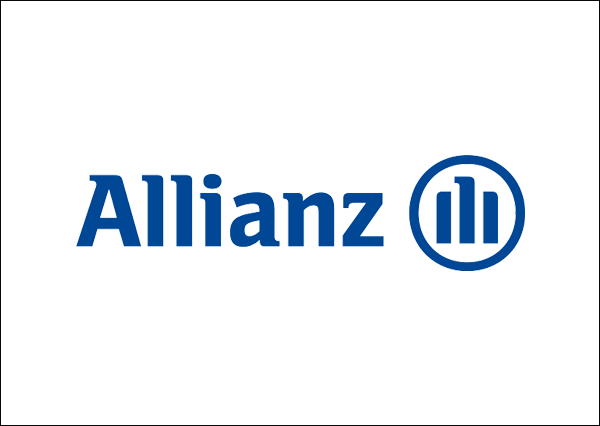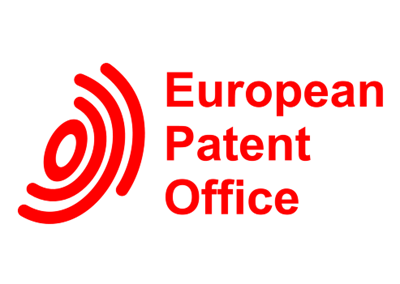
by Klaus Schmeh | Jul 5, 2024
Online Patent Registration
The Challenge for the European Patent Office
The European Patent Office used a proprietary smart card solution for online patent applications, which led to a vendor lock. This solution should be replaced.
Our Solution for the European Patent Office
The European Patent Office opted for cryptovision SCinterface for the protection of online patent applications. As cryptovision SCinterface is based on open standards, the vendor lock was ended.
Further references from the industry
Secure solutions for digital identities
SECURITY TOKEN AND HARDWARE SOLUTION

by Maik Breilmann | Oct 25, 2023
Allianz uses SCinterface from cryptovision company-wide
The challenge for Allianz
Allianz is one of the world’s leading insurers and financial service providers. Headquartered in Munich, the company has been operating a public key infrastructure (PKI) for years, which is used for applications such as authentication, single sign-on and data encryption.
Because Allianz places great emphasis on security, the company’s IT department decided to use smart cards to store private keys instead of the previous software-based variant. Allianz chose cryptovision’s smartcard middleware SCinterface to connect the smartcards to the applications.
The main reasons for this choice were the excellent integration support for the planned applications and a seamless migration from a previously used solution. Almost 70,000 Allianz employees now use SCinterface.
Our solution for Allianz
Alliance chose cryptovision’s smartcard middleware SCinterface to connect the smartcards used with the various applications. The reasons for this decision were mainly of a practical nature: SCinterface supports all applications used by Allianz and enables a seamless migration from the previously used solution. Almost 70,000 Allianz employees now use SCinterface. The special feature SCinterface cache, which enables secure PIN caching, has further increased employee satisfaction, as the number of PIN entries required per day has decreased significantly.
As a first step, Allianz issued cards to users who could use them to secure their workstations. In addition to the PKI, Allianz implemented a card management system. It quickly became clear, however, that working with group mailboxes and representative regulations with the cards was not possible without further ado. With the cryptovision product remoteCSP, which enables a secure online access to a private key, this challenge was mastered.
More references from this branch
Secure solutions for digital identities
SECURITY TOKEN AND HARDWARE SOLUTION


 CLOUD SERVICES
CLOUD SERVICES CITIZEN ID
CITIZEN ID IT SECURITY
IT SECURITY IOT and INDUSTRY
IOT and INDUSTRY PKI SOLUTIONS
PKI SOLUTIONS CREDENTIAL MANAGEMENT
CREDENTIAL MANAGEMENT SECURITY TOKEN & HARDWARE SOLUTIONS
SECURITY TOKEN & HARDWARE SOLUTIONS SECURITY APPLICATIONS
SECURITY APPLICATIONS











